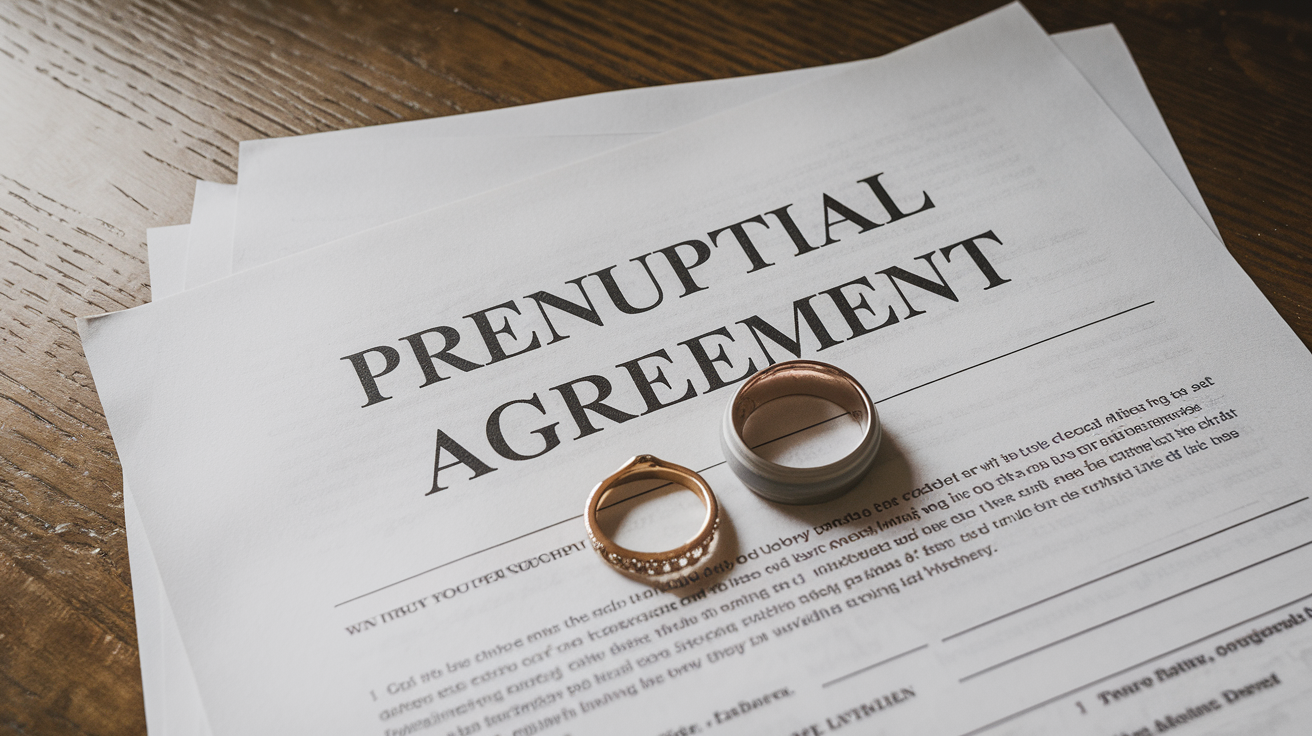Have you ever felt your heart racing, palms sweating, and mind spinning but couldn’t tell what type of emotional response you were experiencing?
Well, many people struggle to tell the difference between panic attacks, anxiety attacks, and mental breakdowns.
Usually, these terms get mixed up, confusing folks about what they’re going through.
Each of these experiences comes with its own set of signs and symptoms, and knowing the differences can help you better understand your mental health.
This blog explains the key distinctions between these 3 common experiences, helping you recognize what’s happening in your body and mind when intense emotions take over.
Understanding Panic Attacks

A panic attack is something when your heart pounds out of nowhere, your chest tightens, and you feel like you can’t breathe.
These are common signs of a panic attack – a sudden burst of intense fear or discomfort that hits its peak within minutes.
Physical Signs Often Include:
- Racing heartbeat and chest pain that might feel like a heart attack
- Shaking or trembling that you can’t control
- Feeling hot or cold, with sweating or chills
- Trouble breathing or feeling like you’re choking
Mental Experiences Typically Involve:
- A strong fear of losing control
- Feeling disconnected from reality
- Intense worry about death
- A sense of doom that seems to come from nowhere
Understanding Anxiety Attacks

Have you ever noticed how worry can slowly build up in your body until it feels overwhelming?
That’s often how anxiety attacks begin – they creep up gradually, unlike their sudden cousin, the panic attack.
Common Signs to Watch For:
- The constant worry that won’t go away
- Muscle tension, especially in your neck and shoulders
- Trouble focusing on daily tasks
- Sleep problems – either sleeping too much or too little
- Feeling restless or on edge
- Stomach issues that get worse when you’re stressed
- Headaches that come and go
Understanding Mental Breakdowns

A mental breakdown happens when stress and emotional pressure become so intense that daily life feels impossible to manage.
Key Signs That Often Show Up During a Mental Breakdown:
- Finding it hard to get out of bed or take care of basic needs
- Stepping back from friends and family
- Changes in how much you eat or sleep
- Trouble going to work or school
- Feeling hopeless about the future
- No interest in things you usually enjoy
- Physical symptoms like constant tiredness or unexplained aches
These Feelings Don’t Appear Out Of Nowhere. They Often Build up Over Weeks or Months Due To:
- Ongoing work or school stress
- Money problems that won’t go away
- Relationship struggles
- Health concerns
- Big life changes happening all at once
Differences Between Panic vs Anxiety vs Mental Breakdowns
| Aspect | Panic Attacks | Anxiety Attacks | Mental Breakdowns |
|---|---|---|---|
| Time and Duration | Sudden, peaks within minutes, lasts 5-20 minutes | It builds up slowly and lasts hours, days, or weeks | Develops gradually over weeks/months and may last longer without support |
| Trigger Patterns | There is no clear cause, though certain situations may trigger | Linked to specific worries or stressful situations | The result from multiple stressors building over time |
| Impact on Daily Life | Disrupts briefly, returns to normal quickly | Limits activities but doesn’t stop them entirely | It makes it hard to handle daily tasks and responsibilities |
| Physical Symptoms | Racing heart, breathing issues, shaking, dizziness | Muscle tension, stomach issues, dizziness, headaches | Ongoing exhaustion, sleep changes, appetite issues, chronic fatigue |
| Recovery Time | Recovery in hours after the attack ends | Gradual relief as stress lowers | Longer recovery time often needs professional help |
| Warning Signs | Few or no warning signs | Early signs of worry building up | Multiple warning signs over time as stress accumulates |
| The Way Forward | Breathing techniques, grounding exercises | Stress management, addressing specific worries | Professional support for lifestyle changes is needed |
| Mental and Emotional Impact | It can cause intense fear, feeling of losing control | Persistent worry, overthinking, anticipatory fear | Overwhelming stress, emotional numbness, sense of hopelessness |
| Cognitive Effects | Can cause confusion, fear of dying, derealization | Difficulty concentrating, negative thought patterns | Memory problems, difficulty focusing, lack of decision-making ability |
| Social Impact | May cause avoidance of certain places/situations | It can make social interactions feel overwhelming | Withdrawal from relationships, isolation, inability to fulfill social roles |
| Physical Triggers | Often triggered by physical exertion or specific environments | Often triggered by environmental stress or thoughts | Triggered by cumulative life stress, work pressure, or personal crises |
| Self-Care Strategies | Relaxation exercises, mindful breathing, immediate rest | Journaling, setting boundaries, therapy | Therapy, rest, social support, and changes to lifestyle habits |
| Frequency | It can be a one-time event or a recurring | It often happens repeatedly but is manageable with proper techniques | It happens over a long period, sometimes episodic but recurring |
| Treatment Methods | Cognitive behavioral therapy (CBT), medications | CBT, medication, relaxation techniques | Therapy, lifestyle changes, medication, rest, support networks |
| Prevention | Identifying triggers, maintaining calm through mindfulness | Managing stress proactively, addressing root fears | Building resilience, seeking help early, stress management techniques |
How to Cope Up from Each of These Experiences
Always remember that coping strategies are essential for managing the challenges posed by panic attacks, anxiety attacks, and mental breakdowns.
Each experience requires a tailored approach, helping individuals regain control and find relief in difficult moments.
1. For Panic Attacks

- Try the 5-4-3-2-1 Method: Name five things you see, four things you can touch, three things you hear, two things you smell, and one thing you taste. This helps ground you in the present moment.
- Use Square Breathing: Breathe in for four counts, hold for 4, breathe out for 4, and hold for 4. Repeat until you feel calmer.
- Focus on A Simple Object Near You: Notice its color, shape, and texture to help shift attention away from panic.
- Remember It Will Pass: Remind yourself that panic attacks always end, usually within 20 minutes.
2. For Anxiety Attacks

- Write Down Your Worries: Put your thoughts on paper to help make them feel more manageable.
- Try Gentle Movement: Simple stretches or a short walk can help release built-up tension.
- Set Small Goals: Break big tasks into tiny steps to make them feel less overwhelming.
- Create a Comfort Box: Fill it with calming items like soft fabrics, stress balls, or soothing scents.
- Set Boundaries: Learn to say no to extra tasks when you’re feeling stressed.
3. For Mental Breakdowns

- Reach Out To Professionals: Contact a mental health expert who can provide proper guidance and support.
- Simplify Your Schedule: Reduce commitments to give yourself space to heal.
- Stick to Basics: Focus on simple self-care, like eating regular meals and maintaining sleep patterns.
- Accept Help: Let friends and family support you with daily tasks when needed.
- Join Support Groups: Connect with others who understand what you’re going through.
An Ultimate Tip for All Three to Keep In Mind
- Keep a Symptom Diary: Track what happens before, during, and after episodes to spot patterns.
- Practice Self-Compassion: Treat yourself with the same kindness you’d show a friend.
- Create a Support Network: Have contact information ready for friends, family, and professionals who can help.
- Learn Your Triggers: Understanding what sets off episodes helps you prepare better.
- Make a Crisis Plan: Write down steps to take when you’re struggling, including emergency contacts.
Conclusion
Knowing the difference between panic attacks, anxiety attacks, and mental breakdowns puts you in a better position to handle these challenging experiences.
While each one affects your mind and body differently, remember that none of them defines who you are as a person. These responses show that your body and mind need attention and care.
By understanding the signs and using the right coping tools, you can better manage these situations when they arise.
If you need professional support or just someone to talk to, reaching out for help is a sign of strength, not weakness.
Take the first step toward feeling better by using what you’ve learned here.
Frequently Asked Questions
What is the First Stage of a Mental Breakdown?
The first stage often shows up as feeling tired all the time, losing interest in regular activities, and having trouble sleeping. Small tasks start feeling much harder than usual.
What is Mistaken About Panic Attacks?
Many people mistake panic attacks for heart attacks because of similar symptoms like chest pain and a racing heart. However, panic attacks aren’t physically dangerous, just uncomfortable.
What is the 3-3-3 Rule for Panic Attacks?
The 3-3-3 rule helps calm panic: name three things you see and three things you hear, and move three parts of your body. This simple technique helps ground you in the present moment.
How Do You Reset Your Body from Anxiety?
Take slow, deep breaths, stretch your muscles, go for a walk outside, drink water, and get good sleep. These basic steps help your body naturally reduce anxiety levels.








